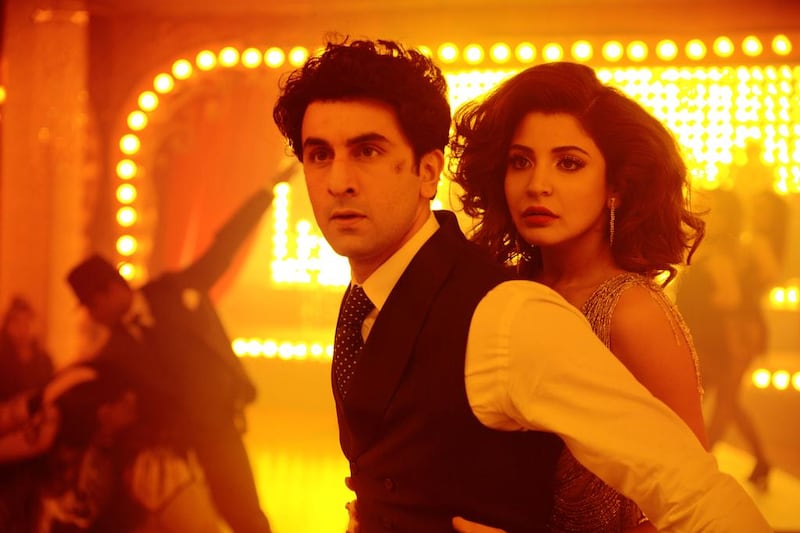Not many Bollywood films can boast of having a professor from an Ivy League university as its screenplay writer. But that's a credit Anurag Kashyap's period drama Bombay Velvet can claim. The film – starring A-listers Ranbir Kapoor and Anushka Sharma – is adapted from Mumbai Fables, a book by Gyan Prakash, who teaches urban and modern Indian history at Princeton University. Over the phone from New Jersey, Prakash tells The National how he got roped into writing the screenplay and the thrill of working in one of the world's biggest film industries.
Did you plan for Mumbai Fables to be adapted for film?
It happened quite by accident. Between 2000 and 2008, I was spending three months a year in Mumbai doing research for my book. The stories I encountered along the way were really interesting and deserved to be on film. When I mentioned this to one of my friends in the film industry, she suggested I write a story and take it to the filmmaker Anurag Kashyap. When I narrated my story in 2004, Anurag loved it and said: “We’ll make it.” The shoot was originally slotted for 2008-09, which was when I was to be in Mumbai on sabbatical from Princeton to write my book.
How did you get roped into writing the screenplay and how did you prepare for it?
Because of the economic crisis in 2008, the film didn't take off on time. I was unsure of the reasons and kept pestering Anurag to work on the script. To get me off his back, he asked me to write it. I was totally unprepared for it, but did what I normally do – hit the books. I read standard texts on screenplay writing and looked at some classic screenplays such as LA Confidential. After writing at least 17 different versions of the script in six months, I gave Anurag a copy in April 2009, which he took as the basis for his final, shooting script.
What was the biggest challenge in writing the screenplay?
I had to draw upon real people from my book to create composite cinematic characters. Crafting a tale with emotions, desires and motivation and expressing it all in the context of a love story was quite challenging.
How did you plot your characters and choose your settings to show the transformation of Mumbai?
I thought of Rosie Noronha, a club singer, because I wanted to show the robust jazz scene of the 1960s. Johnny Balraj, a subaltern with a greed for upward mobility, seemed to fit well in Bombay's transformation from industrial to post-industrial metropolis. The film also has tabloid editors, loosely drawn from real people like Russi Karanjia [the founder of the Mumbai weekly tabloid, Blitz] and Dosu Karaka [the founder of the Mumbai weekly newspaper, The Current] I have written about in the book. The aim was to portray many different social sights of Bombay, not just the rich or the poor. I wanted the film to have a collision of different social worlds and the characters to have varied ambitions and aspirations.
Why was Sri Lanka chosen as the place to shoot a film about Mumbai?
I was sceptical when I heard of it. But when I went to Sri Lanka for the shoot, I could appreciate why. For instance, in Colombo, the traffic on the streets was stopped for eight hours. Who can imagine doing that in Mumbai without causing riots? Sri Lanka also worked out because some of its colonial architecture resembles Mumbai’s and it was cheaper to create the sets there.
• Bombay Velvet opens in cinemas on Thursday, May 14
artslife@thenational.ae





